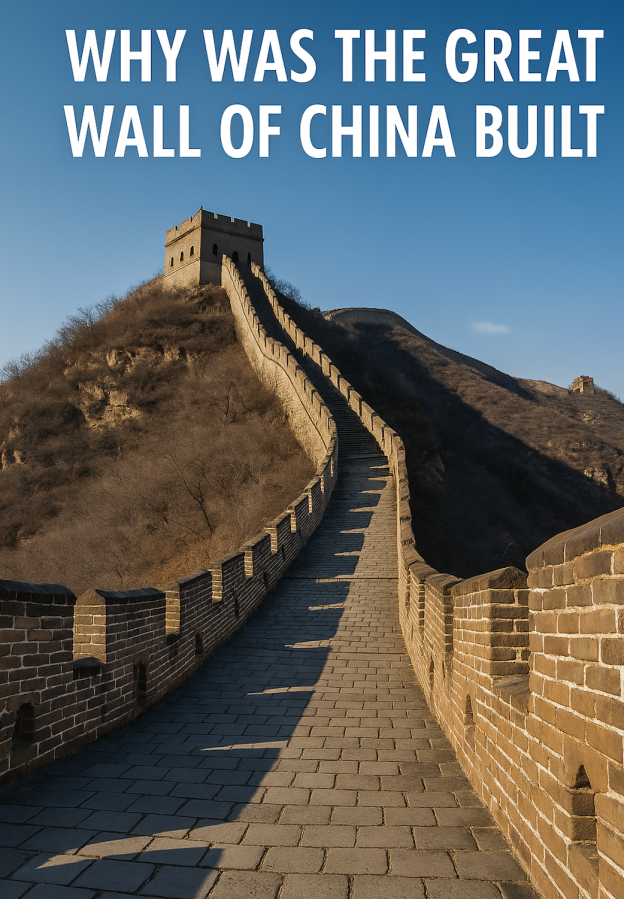Standing on the Great Wall of China, stretching across mountains and deserts like a dragon, one cannot help but wonder: why was such a colossal structure built in the first place? The answer lies deep in China’s long history, shaped by war, politics, and culture.
Defense Against Northern Tribes
From its earliest origins, the primary purpose of the Great Wall was defense. As early as the Warring States Period (475–221 BC), different kingdoms in northern China constructed walls to protect their borders. These early fortifications were designed to guard against raids from nomadic tribes to the north, as well as rival states.
When Emperor Qin Shi Huang unified China in 221 BC, he ordered General Meng Tian to link and extend existing walls, creating a more continuous defense system. For the first time, the Wall became a unified military frontier, marking the northern boundary of the empire.
Centuries later, during the Ming Dynasty (1368–1644), the threat from nomadic groups such as the Mongols, Oirats, and Tartars made wall-building even more critical. The Ming rulers rebuilt and reinforced the Wall with bricks, stone, and watchtowers, creating much of what visitors see today.
A Symbol of Civilization and Strategy
Beyond its military use, the Great Wall symbolized the clash and coexistence between agricultural civilizations of the Central Plains and the nomadic cultures of the steppes. It was not only a line of defense but also a statement of power, discipline, and long-term strategic planning.
The Wall demonstrates the advanced military architecture of ancient China—featuring fortresses, beacon towers, and garrisons—that adapted over centuries to new threats and changing political landscapes.
Cultural and National Significance
The Great Wall was more than just a physical barrier. It carried deep cultural meaning. Ancient Chinese rulers saw it as a way to protect not only their territory but also their traditions, customs, and values from foreign influence.
Because its construction demanded immense labor and sacrifice, the Wall became a frequent subject of Chinese literature and poetry. Works like The Soldier’s Ballad by Chen Lin (around 200 AD), poems by Du Fu (712–770), and later Ming dynasty novels used the Wall as a metaphor for endurance, hardship, and national strength.
Legacy as a World Heritage Site
Today, the Great Wall is recognized not only as a defensive system but as one of the most remarkable achievements of human history. In 1987, UNESCO declared it a World Heritage Site, recognizing its universal cultural value.
It is also listed among the Seven Wonders of the World, attracting millions of visitors every year. Tourists walk along its ridges and towers, reflecting on the lives of the countless workers, soldiers, and rulers who contributed to its creation.
Conclusion
So, why was the Great Wall of China built? At its core, it was a military defense line, designed to protect the Chinese heartland from invasions. Yet over time, it became much more: a symbol of resilience, a testament to ancient strategic thinking, and an enduring cultural icon.
More than two thousand years after its first stones were laid, the Wall still stands—reminding the world of the determination and vision of the people who built it.
